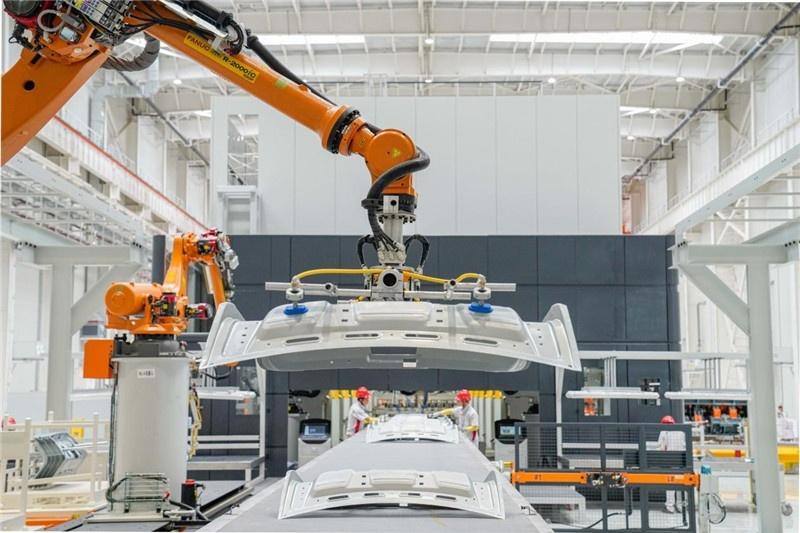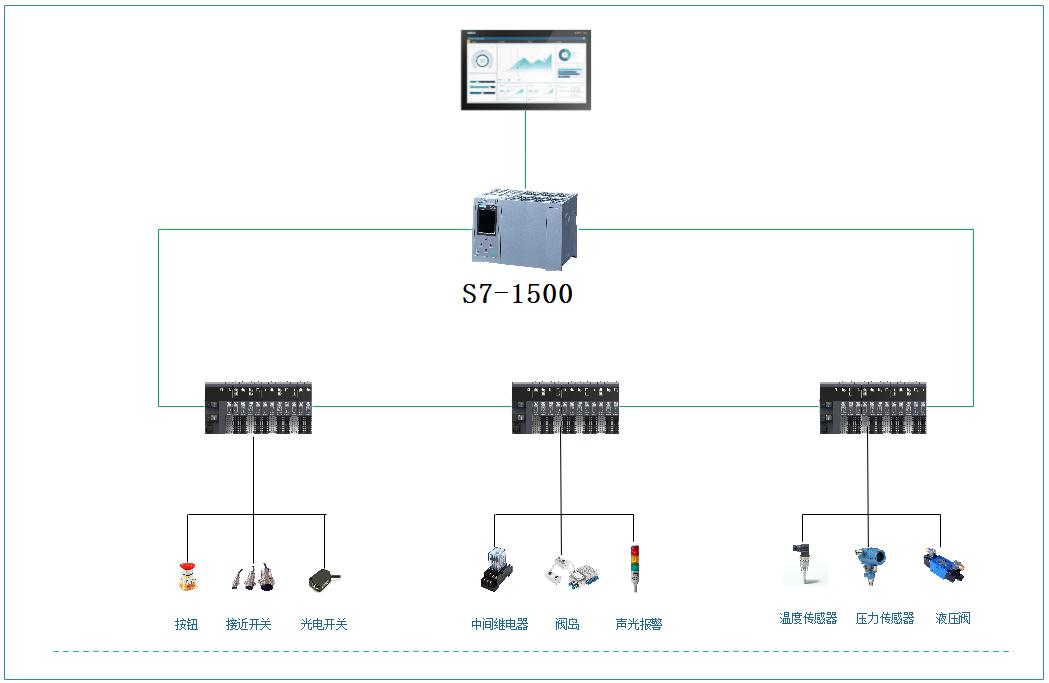
EN Free Trial





Application of MR30 in Cutting Materials on Automotive Stamping Line
Stamping technology plays a crucial role in the automotive manufacturing process. As the foremost of the four major processes in automobile manufacturing, stamping technology provides the foundation for various components of automobiles.
Stamping is a processing method that uses molds to form and separate sheet metal on stamping machines. In automobile manufacturing, almost all workpieces need to be stamped and formed, and then manufactured through processes such as punching, trimming, and flanging. The accuracy and efficiency of stamping technology directly affect the quality and production cost of automobiles.
Automotive stamping parts are mainly divided into two categories: automotive cover parts and automotive structural parts. Automotive coverings refer to the parts that cover the surface of a car, such as the overall side panels, fenders, hood inner and outer panels, trunk inner and outer panels, and door inner and outer panels. These parts are like human skin, protecting the internal structure of the car and showcasing its appearance. The automotive structural components refer to the remaining parts after removing the covering parts, such as the engine compartment assembly, luggage compartment assembly, side panel assembly, and floor assembly. These structural components carry other parts of the car, ensuring its collision performance, NVH performance, durability and fatigue performance.
In the stamping process, sheet metal, molds, and stamping equipment are the three core elements. Sheet metal is the basic material of stamping process, and its quality and performance directly affect the quality of stamped parts. Molds are key equipment in stamping processes, and their accuracy and lifespan determine the quality and production cost of stamped parts. Stamping equipment is an important tool for implementing stamping processes, and its performance and stability affect the efficiency and accuracy of stamping processes.

The stamping process is mainly divided into two categories: forming and separation. The forming process includes bending, deep drawing, forming, etc., with the aim of causing plastic deformation of the sheet metal to obtain the desired shape. The separation process includes punching, shearing, trimming, etc., with the aim of separating the sheet into the desired shape and size. The combination and sequence of these processes depend on the shape and size of specific parts.
In this project, Mingda products use Siemens 1513 CPU as the CPU, which utilizes the PROFINET interface MR30 distributed IO of the CPU body for communication, to collect on-site IO signals and control the actions of related equipment.
The digital input module is mainly used for sensors, cylinder magnetic switches, electronic fences, various alarm signal inputs, etc; The DO digital output module is mainly used for cylinders, compressors, etc.
The AI analog input module is mainly used for pressure sensors, anemometers, intake total pressure detection, etc., while the AO analog output module is mainly used for proportional valves.
The main reasons why customers choose MR30 are as follows: stable performance, fast communication speed, support for free hot plugging, and high cost-effectiveness.

1. High speed bus: Process data RT supports a minimum cycle of less than 1ms, enabling IO response to meet the requirements of fast and complex applications
2. Support hot plugging: Supports IO module hot plugging function, reduces system risks, and improves maintenance efficiency
3. Fault diagnosis: Proactively report IO module diagnostic information for easy debugging and operation, enabling rapid network diagnosis and accelerating fault resolution
4. Integrated power function: The coupler module can provide power to the extended IO module without the need for additional power modules, saving space and significantly reducing costs
5. Two stage design: The base is separated from the electronic module, making installation simple and maintenance convenient, and improving the usability and reliability of the system
6. Compact appearance: compact size, higher channel density, space saving 2/3. PUSH IN terminal design: no wiring tools required, can be connected with one hand, safe and reliable connection, reduced working hours by 50%,
Related products